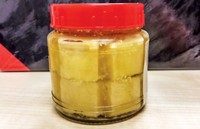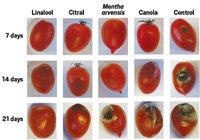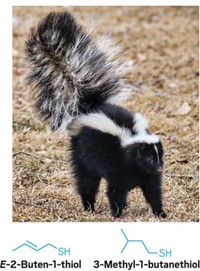Advertisement
Grab your lab coat. Let's get started
Welcome!
Welcome!
Create an account below to get 6 C&EN articles per month, receive newsletters and more - all free.
It seems this is your first time logging in online. Please enter the following information to continue.
As an ACS member you automatically get access to this site. All we need is few more details to create your reading experience.
Not you? Sign in with a different account.
Not you? Sign in with a different account.
ERROR 1
ERROR 1
ERROR 2
ERROR 2
ERROR 2
ERROR 2
ERROR 2
Password and Confirm password must match.
If you have an ACS member number, please enter it here so we can link this account to your membership. (optional)
ERROR 2
ACS values your privacy. By submitting your information, you are gaining access to C&EN and subscribing to our weekly newsletter. We use the information you provide to make your reading experience better, and we will never sell your data to third party members.
Environment
Magnolia-Fresh Breath
November 26, 2007
| A version of this story appeared in
Volume 85, Issue 48
One day soon, that piece of gum or mint you pop into your mouth or the mouthwash you swish over your gums may contain bark extract of the Chinese houpu magnolia (Magnolia officinalis). Researchers at Chicago-based Wrigley Co. report that the biphenolic compounds magnolol (shown) and its minor isomer honokiol found in the bark quickly kill most oral bacteria that cause bad breath and tooth decay (J. Agric. Food Chem. 2007, 55, 9465). Chewing gum, mints, and mouthwashes typically contain antibacterial phenols or botanical extracts that have phenolic compounds to freshen breath. The company, which makes Altoids and Life Savers mints and candies as well as a variety of chewing gums, is exploring the extract as an improved additive for its product line. Michael Greenberg, Philip Urnezis, and Minmin Tian evaluated the nontoxic extract, long used as a traditional Chinese medicine for pain and stress relief, in lab assays and in saliva tests involving their coworkers who ate mints or chewed gum after they had eaten lunch.





Join the conversation
Contact the reporter
Submit a Letter to the Editor for publication
Engage with us on Twitter